Lake Los Carneros: A Birding Mecca
Abundance Abounds at Goleta Watering Hole
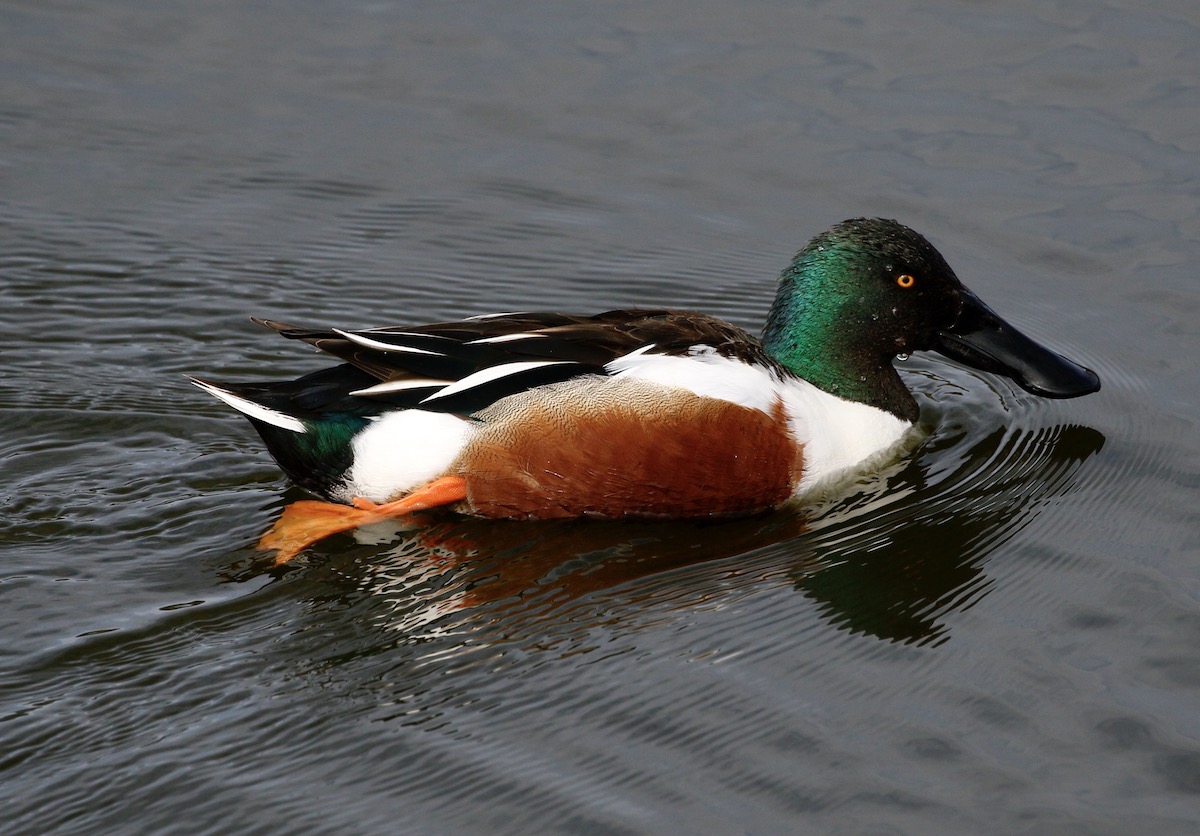
It’s surprising just how many locals were unaware of the existence of Lake Los Carneros in Goleta until COVID arrived. One of the silver linings of the pandemic is that it has encouraged people to get outside more, and with it, there has been an increased appreciation of the natural world. Lake Los Carneros has certainly seen an uptick in visitors, many of whom come with binoculars to check out the wildlife. The lake is one of the best spots in the Santa Barbara area for seeing a large variety of birds.
The lake, located just north of the 101 between Los Carneros Road and La Patera Lane, was formerly a small duck pond until a dam was built by Edgar Stow in 1932. This formed the present 25-acre lake. What makes one place better than another for birding? Certainly the presence of water is a major draw in our arid landscape, but more important is the presence of a variety of habitats in a relatively small area.
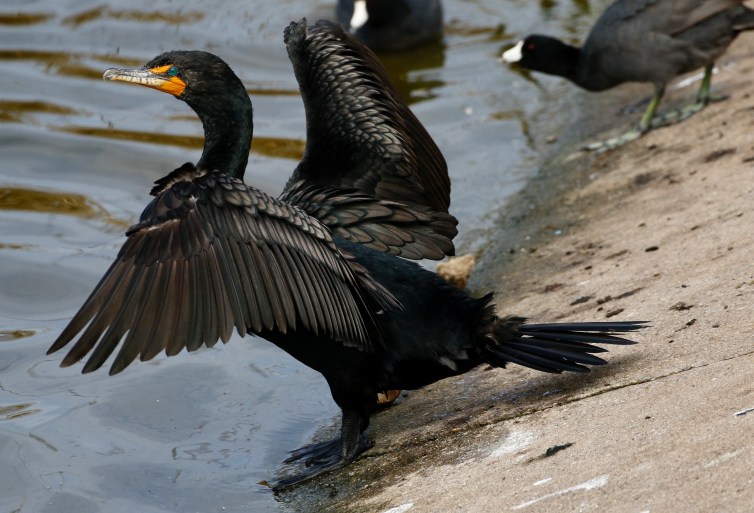
Several duck species make the lake their winter home; on a good day, it’s possible to see several species of duck, many of them at close quarters. Often the most common winter duck is the northern shoveler, named after its long spoon-shaped bill that it uses to filter out tiny crustaceans and invertebrates from the water. An amazing sight is when the birds gather in a tight group and swim in a circle in order to stir up food and bring it to the surface. They are an attractive duck, considerably smaller than a mallard, with which the male shares a bottle-green head. There the similarity ends. The male shoveler has a snow-white breast and orange sides.
Other ducks often found at Lake Los Carneros include cinnamon and green-winged teal, ring-necked duck, and gadwall. A year-round resident is the North American ruddy duck. In the spring, the male develops an improbable sky-blue bill. Other water birds include the resident pied-billed grebe and American coot, the latter whose white beak is unique among the water birds. Double-crested cormorants will often perch along the concrete dam drying their outstretched wings after a spot of fishing.
Sign up for Indy Today to receive fresh news from Independent.com, in your inbox, every morning.
The lake is ringed by tules, home of secretive marsh birds. In winter, the lake is the best place in our county to see the American and least bittern — but consider yourself lucky as they usually bury themselves well out of view. More often seen are other heron species such as great and snowy egrets, green and great blue herons, and black-crowned night herons. Red-winged blackbirds, common yellowthroats, and song sparrows nest in the tules.
When the water level drops, as it often does in the fall, muddy margins are exposed, which attract a surprising variety of shorebirds, such as greater yellowlegs and long-billed dowitchers.
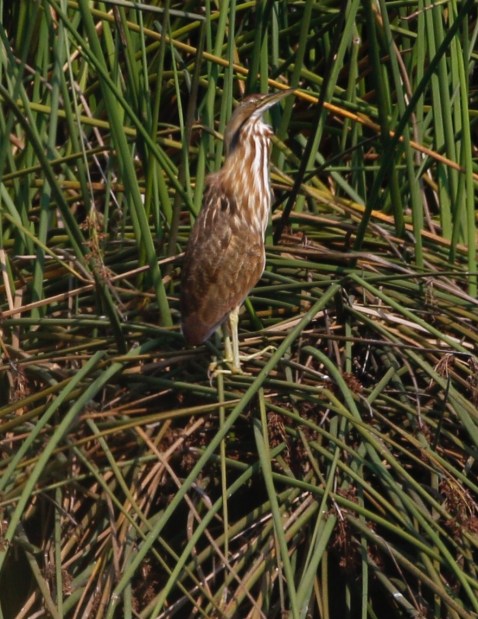
Gulls visit the lake to rest and bathe, and you can often find several species in a single group, from the petite short-billed gull (formerly called the mew gull) to the mid-sized California gull to the big bruisers, the western and glaucous-winged gulls. One morning several years ago, a very rare little gull graced the lake. The gulls will frequently perch on the rails along the dam, allowing for very close looks.
Visitors often wonder about the presence of nest boxes in the grasslands that border the lake to the west and east. These were erected in the hope of attracting western bluebirds and tree swallows, cavity-nesting birds that are frequently turned out of their nests by the invasive European starling. These boxes have been a great success and are already being utilized in mid-February.
Stands of willows at the north end of the lake are attractive to both residents and migrants, and the ornamental plantings and oaks around historic Stow House attract a variety of landbirds, such as woodpeckers, owls, hawks, orioles, wrens, vireos, warblers, flycatchers, kingbirds, and grosbeaks. These trees are a great place to see the white-tailed kite.
Lake Los Carneros has attracted its fair share of rare visitors over the years. These include fulvous whistling-duck, neotropic cormorant, Nelson’s sparrow, and the only county record of the alder flycatcher. Whether or not you see a rarity is always a matter of luck, but rest assured, you will always see a great variety of wildlife at the lake.
Support the Santa Barbara Independent through a long-term or a single contribution.


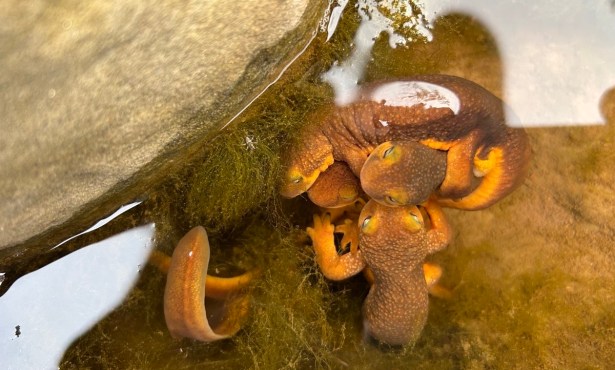
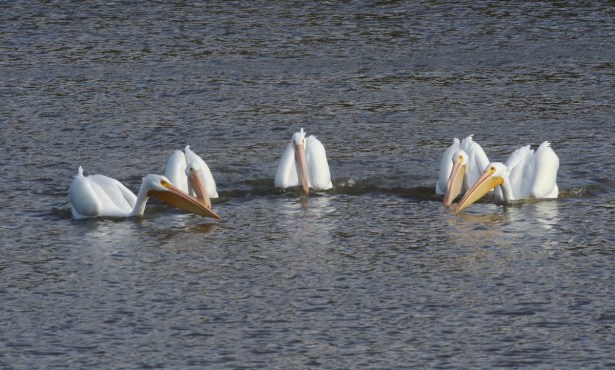
You must be logged in to post a comment.